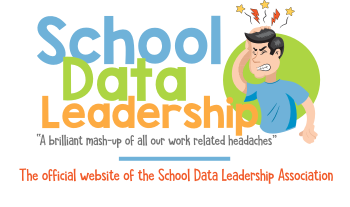The Elementary and Secondary School Emergency Relief (ESSER) Fund is a crucial part of the U.S. government’s response to educational disruptions caused by the COVID-19 pandemic. Established under the Coronavirus Aid, Relief, and Economic Security (CARES) Act in March 2020, and further extended by subsequent legislation, the ESSER Fund aims to support schools in addressing the impact of the coronavirus on educators and students.
Essential Elements of ESSER Fund
The ESSER Fund encompasses several key elements:
-
Broad Objectives: To provide local educational agencies (LEAs) with emergency relief funds to address the areas most impacted by the disruption and closure of schools.
-
Flexible Use of Funds: Schools can use these funds for a wide range of activities to maintain operations and continuity of services. This includes activities under the Every Student Succeeds Act (ESSA), Individuals with Disabilities Education Act (IDEA), Adult Education and Family Literacy Act, and Carl D. Perkins Career and Technical Education Act.
-
Addressing Learning Loss: A significant portion of the funds must be used specifically to combat learning loss, such as through the implementation of evidence-based interventions and ensuring that such interventions respond to students’ social, emotional, and academic needs.
-
Preventing and Mitigating Effects of COVID-19: Funds can also be used for sanitizing, purchasing protective equipment, and making necessary preparations and adjustments to the physical and instructional environment for returning to normal operations.
-
Technology and Connectivity: The fund supports the purchase of educational technology (including hardware, software, and connectivity) for students who are served by the LEA that aids in regular and substantive educational interaction between students and their classroom instructors.
Supporting Educational Software Licenses
Regarding the support for educational software licenses, ESSER funds can be specifically allocated in the following ways:
-
Purchasing Educational Technology: Schools can use the funds to invest in educational software that facilitates distance education and enhances the hybrid learning models that have become a staple during the pandemic. This includes subscriptions or licenses for platforms that provide instructional content, tools for student assessment, curriculum management tools, and platforms that facilitate secure teacher-student interaction.
-
Professional Development: Funds can be used to train teachers and staff on how to effectively use new technology and software tools purchased with ESSER funds. This ensures that the investments are not only made in purchasing the software but also in adequately preparing educators to utilize these tools effectively.
-
Supporting All Students: When investing in educational technology and software licenses, schools are encouraged to consider the needs of all students, including those with disabilities and English learners, ensuring that the software is accessible to everyone.
-
Data Privacy and Security: Any software licenses purchased must comply with federal and state laws concerning data privacy and security to protect student information.
Overall, the flexibility of the ESSER Fund allows schools to address immediate needs and invest in long-term strategies to support both teachers and students. This includes significant investments in technology and digital resources, which are critical in the modern educational landscape.
